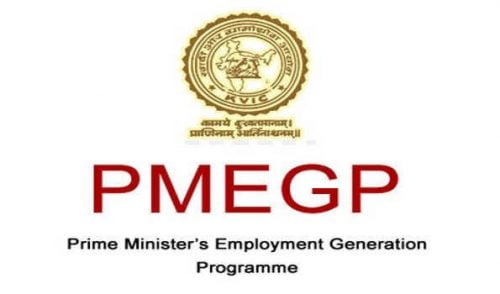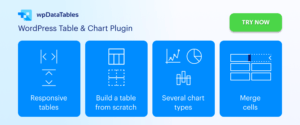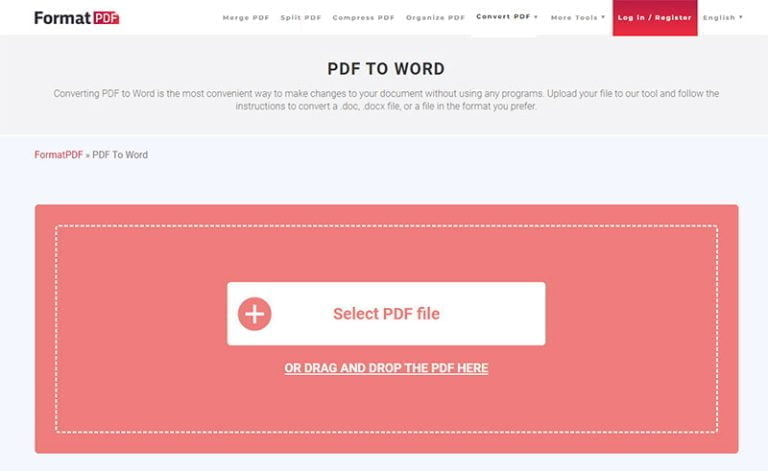-

PMEGP Loan
In 2008, the Indian Ministry of Micro, Small, and Medium Enterprises (MSME)initiated the credit-linked subsidy scheme called Prime Minister’s Employment Generation Programme or PMEGP. This scheme promotes the generation of self-employment ventures in rural and also in urban areas. This loan aims to provide sustainable and unremitting employment opportunities to the traditional and prospective artisan segment who are only seasonally employed. This scheme, through the creation of self-employment avenues, also aims to restrict urban migration.
Management And Associated Organisations
Table of Contents
The PMEGP is an integration of two previous schemes under the government that also worked for employment generation, viz. Prime Minister’s RojgarYojana (PMRY) and the Rural Employment Generation Programme (REGP). With this integration, it will focus on a unified rural-urban approach at setting up micro-industries and raise the employment ratio.
The MoMSME and the Khadi and Village Industries Commission (KVIC) manage it at the national level. At the state level, it is supervised by the different boards and centers of KVIC, the Director of Industries of respective states (DIC), and the bank. The authorities mentioned above approve the subsidies and channel funds through accounts in the said banks.
Organizations like Panchayati Raj boards, National Small Industries Corporation, several NGOs, etc. work in tandem with the government agencies to implement the scheme widely. They do so by identifying beneficiaries, investment pockets, and entrepreneurship training, among others.
Also Read: Mudra Loan – Everything You Must Know About
Funding And Subsidies
PMEGP offers financial assistance to all projects in the rural and urban areas that fall under the Micro-enterprises’ sector. The projects are categorized under the manufacturing and services sectors. The maximum cost of a project in the manufacturing industry to be admissible is ₹25 lakh, and in the services sector, this limit is ₹10 lakh. Additionally, any per capita investment in these businesses should not exceed ₹1 lakh in the plains and ₹1.5 lakh in the hills.
In support of this funding from the PMEGP, the borrower is required to make a contribution of 10% of the amount for entrepreneurs belonging to the General category and 5% of the amount for those in the categories of SC/ST/OBC, women, minorities, physically challenged persons, ex-defence employees, and people in the NorthEast region, hills and border areas, among others.
Now, the remaining amount of the total cost of the industry project to be set up is provided by the banks in the form of term loans to the entrepreneur of the micro-unit business. This term loan is the PMEGP loan.
The rate of subsidy allotted will be 15% for the General category in urban areas and 25% in rural regions. For the special categories mentioned above, the subsidy from the government will amount to 25% for urban areas and 35% for rural ones.
Also Read: Why Choose NBFCs Over Banks For A Business Loan In India
Eligibility For PMEGP Loan
Individuals and organizations can both avail the PMEGP term loan provided they satisfy the specified criteria laid down by the concerned authorities. These are:
- Assistance under this term loan scheme is only applicable to new projects that have not availed any other scheme related subsidy.
- Only one individual per family is eligible.
- Institutions (registered under the Societies Registration Act, 1860), co-operative societies, self-help groups, charitable trusts.
- Individuals should be 18 years of age with the educational qualification of having passed the 8th standard in school. This is required at least for initiating projects that cost above ₹10 lakh in the manufacturing sector and ₹5 lakh in the services sector.
Representatives from the supervising authorities headed by the District Magistrate or Deputy Commissioner or Collector of the concerned districts identify and select beneficiaries from the eligible pool. This term loan requires no collateral security for amounts up to ₹5 lakh. Furthermore, the units that are eligible for PMEGP are covered under the Credit Guarantee Fund Scheme for Micro &Small Enterprises, with the exclusion of margin money or subsidy component.
Also Read: Business Loan Denied? Here’s What You Should Do Before Reapplying
How To Apply PMEGP Loan
The State or Divisional Directors of KVIC bring out advertisements locally through print and electronic media and invite applications along with project proposals. Moreover, prospective beneficiaries can also
- Apply Through advertisements or visit kviconline.gov.in
- Take the printout of the application form along with the required documents.
- Detailed project report of the unit to be set up and submit them at the concerned offices.
Also Read:The Best Ways Woman Entrepreneurs In India Can Avail Business Loans
Features Of PMEGP Loan
You can further understand the this scheme with the following loan-related details.
- The PMEGP term loan has no income ceiling for starting projects and ventures.
- Banks allocate 90-95% of funds less 15-35% subsidy as PMEGP term loan
- The rate of interest for this term loans are at the regular applicable rate for the MSME sector.
- The tenure of this loans carries a repayment schedule of 3-7 years after an initial moratorium of maximum six months.
- The government subsidy is locked in for a period of 3 years in a separate saving account before either being adjusted to the MPEGP loan or released.
- Working capital expenditure should be equal to the cash credit limit at least once in 3 years after subsidy is locked in and utilization should not run below 75% of the sanctioned limit.
- Eligible PMEGP loan sectors are agro-food processing, forest products, hand-made paper and fibre, mineral-based products, polymer, and chemical-based products, rural engineering and biotech, service and textile.
The prohibited list of enterprises include:
- Meat slaughtering, processing, canning, etc.
- Production or manufacturing of intoxicants and tobacco-related products
- Cash crops
- Horticulture, animal husbandry, sericulture, and floriculture
- Rural transport
Any enterprise producing goods considered harmful to the environment such as plastic containers, plastic bags, etc.
Apply For Business Loan From Indifi
The PMEGP is a central sector scheme, and beneficiaries are to be selected at the district level by a task force of the nodal agencies. In this regard, individuals who have undergone entrepreneurship and or skill development programs such as, EDP, SDP, ESDP, or vocational training can submit project applications to banks directly. A scorecard devised in consultation with SBI and RBI will form the basis for the selection.






